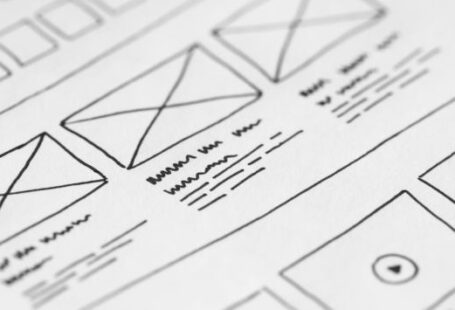In today’s digital age, where technological advancements are continually shaping our everyday lives, it is crucial for designers to prioritize the needs and experiences of users. Respectful design, also known as user-first design, places the user at the center of the design process, ensuring that their needs, preferences, and values are respected and accommodated. This approach not only leads to better user experiences but also fosters trust and promotes inclusivity. In this article, we will explore the principles and benefits of respectful design and how it can be implemented effectively.
Understanding the User
Respectful design begins with a deep understanding of the target users. Designers need to go beyond demographics and conduct user research to gain insights into their motivations, goals, and pain points. By understanding the users’ needs and aspirations, designers can create meaningful and relevant experiences that resonate with them.
Empathy in Design
Empathy is a key component of respectful design. It involves putting oneself in the user’s shoes to truly understand their perspective. This helps designers anticipate the users’ needs and emotions, leading to the creation of intuitive and user-friendly interfaces. By empathizing with users, designers can avoid creating frustrating experiences and instead design solutions that address their specific pain points.
Inclusive Design
Respectful design embraces inclusivity by ensuring that products and services are accessible to everyone, regardless of their abilities or disabilities. This involves considering factors such as color contrast for visually impaired users, providing alternative text for images, and designing for different screen sizes and input methods. By adopting inclusive design practices, designers can reach a wider audience and make a positive impact on people’s lives.
Ethical Considerations
Respectful design also takes into account ethical considerations. Designers have a responsibility to consider the potential impact of their designs on society as a whole. This means avoiding manipulative tactics, protecting user privacy, and being transparent about data collection and usage. By incorporating ethical considerations into the design process, designers can build trust with users and create products that align with their values.
Simplicity and Clarity
Respectful design prioritizes simplicity and clarity in its interfaces. By reducing complexity and eliminating unnecessary elements, designers can create intuitive and easy-to-use experiences. Clear and concise language, along with logical information architecture, enables users to easily navigate and understand the interface. This approach ensures that users can accomplish their tasks efficiently and without frustration.
Feedback and Iteration
Respectful design is an iterative process that involves constant feedback from users. Designers should actively seek user feedback throughout the design process and make necessary adjustments based on their insights. This feedback loop allows designers to validate their assumptions, identify areas for improvement, and ensure that the final product meets the needs and expectations of users.
Building Trust
Trust is a crucial aspect of respectful design. Users need to feel confident that their data is secure, their privacy is respected, and their overall experience is reliable. By prioritizing transparency, security, and reliability, designers can build trust with users and establish long-term relationships. Trustworthy design leads to increased user engagement, loyalty, and positive word-of-mouth.
The Business Case for Respectful Design
Respectful design not only benefits users but also has a positive impact on businesses. By creating user-friendly experiences, companies can increase customer satisfaction and loyalty, resulting in higher conversion rates and repeat business. Additionally, respectful design can help companies differentiate themselves from their competitors and build a strong brand reputation. Investing in respectful design practices can lead to long-term success and sustainability for businesses.
Conclusion
Respectful design, with its user-first approach, is a fundamental principle that every designer should embrace. By understanding the user, practicing empathy, adopting inclusive and ethical design practices, and prioritizing simplicity and clarity, designers can create experiences that truly resonate with users. Building trust, seeking feedback, and considering the business benefits of respectful design are essential components of this approach. Ultimately, respectful design leads to better user experiences, increased user engagement, and ultimately, business success.





